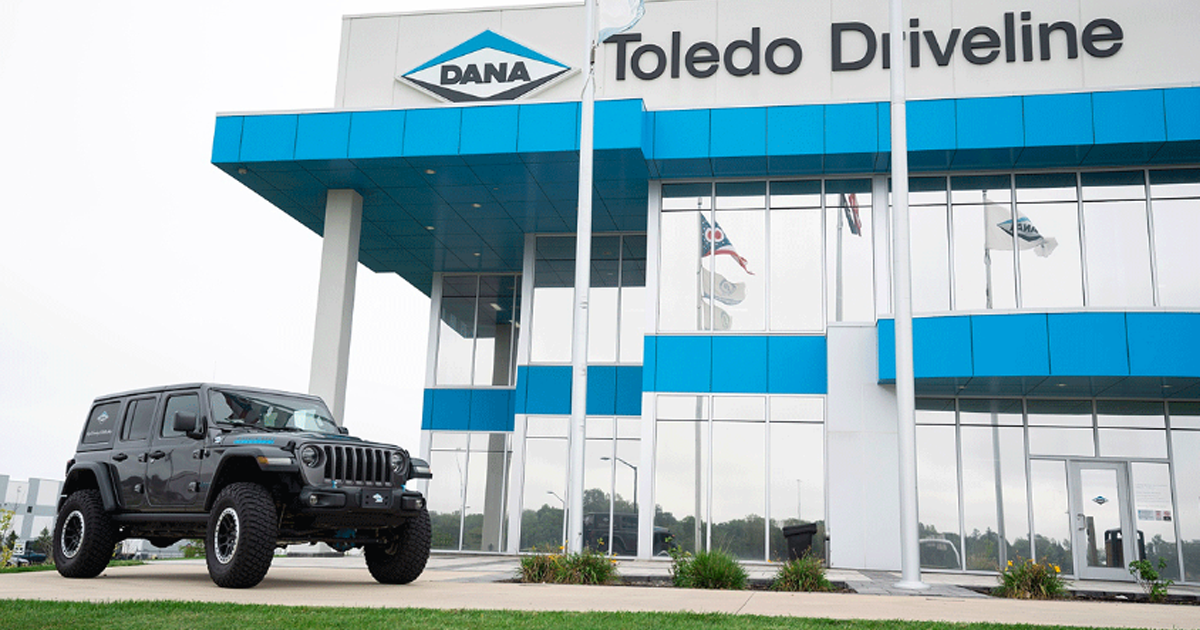
The year-end earnings reports filed by major parts suppliers over the past several weeks show that for many companies, revenue has returned to — and in some cases even surpassed — levels seen in 2019, before the COVID-19 pandemic threw the global supply chain into a tailspin.
That’s good news for a supply sector that has been ravaged by production shutdowns, high materials costs, a tight labor market, geopolitical uncertainty and other problems for more than three years.
But it doesn’t tell the whole story.
While revenue figures are returning to pre-pandemic levels, profits at many suppliers remain well below where they were in 2019. Earnings continue to be weighed down by higher labor, logistics and energy costs, in addition to persistent factory interruptions due to the global microchip shortage and the massive costs of investing in electrification, software and advanced driver-assist systems.
“Even if a supplier has the same revenue or is getting close to 2019 levels of revenue, their cost structure has changed significantly,” said Michael Robinet, executive director of automotive advisory services at S&P Global Mobility. “And that’s the biggest issue in all of this.”
It’s a financial situation that applies to a spectrum of suppliers worldwide.
Magna International Inc., North America’s biggest parts supplier, reported $37.84 billion in revenue in 2022, just shy of the $39.43 billion it posted in 2019. Its annual net income, however, stood at $592 million last year, a far cry from the $1.77 billion it made in 2019. Executives said that 2022 profits were weighed down by high costs related to its electrification and advanced driver-assist business, as well as new-vehicle production volatility.
It was a similar story for Lear Corp. Its $20.89 billion revenue in 2022 surpassed its 2019 level of $19.81 billion. But last year’s $327.7 million in net income was less than half of what it made in 2019.
Like other companies, Lear faced headwinds — to the tune of $335 million — related to production volatility, materials prices, wage inflation and parts shortages, including microchips. The company said it expected about $30 million of those headwinds to disappear in 2023 and for the chip situation to improve, even as it lingers.
“Even though the industry as a whole has improved, there are pockets where we’re finding a shortage of particular chips,” Lear CEO Ray Scott said on a call with analysts and investors last month. “I do know more capacity is coming online this year.”
Experiences vary by company, and indeed, some suppliers reported higher 2022 profits than in 2019. BorgWarner Inc.’s net earnings, for example, came in at $944 million for 2022, up 27 percent from 2019. BorgWarner hopes to hit a breakeven point on launching its electrification business as soon as this year.
“My impression is that things are more bifurcated than they have been in the past,” said Mark Wakefield, managing director at AlixPartners. “You have people truly doing well and growing profitably, and then you have a group at the other end. Usually, you have a big bump in the middle, with a few companies at either end doing well or poorly.”
Much of the divide between the suppliers faring better and those doing worse stems from how successful companies have been in obtaining price increases from automaker customers, Robinet said.
“You have a situation where some suppliers have been able to come in and get price increases because of the labor, logistics, energy and other material price increases — but others haven’t been as successful,” he said.
Companies that rely on a just-in-time delivery model also have been hurt more than other suppliers, Wakefield said. Volatility in automakers’ vehicle assembly schedules generally hurts them more than others, he said.
The gap between what an automaker expects to produce and what it actually produces in a given week is “something that didn’t exist nearly to this degree in 2019,” Wakefield pointed out. “That’s hit the just-in-time companies hard.”
Many of the challenges of the past few years will likely persist this year, even as things generally continue to improve. Labor costs will remain a particular supplier challenge as manufacturers attempt to attract talent in a tight job market.
This is especially true for employers in larger cities with an established industrial base, Robinet believes. It could prove more challenging for EV battery suppliers, which are scurrying to get several plants opened with large work forces in markets that already have a significant automotive presence, he said.
“A lot of these battery plants are coming into the more established areas, and they’re a bit of a draw for employees,” he said. “That puts pressure on suppliers in those areas from an economics perspective.”
Suppliers are also sitting on more debt compared with automakers. While automakers have generally been able to reduce their debt, suppliers find themselves with levels similar to what they had in 2019, according to AlixPartners.
Because of that, suppliers are much more likely to feel a financial pinch from rising interest rates than their customers will.
“It’s now much more expensive to support that debt than it was before,” Robinet said.
But even as significant challenges persist, the industry is optimistic that more stability might be on the horizon.
“The last three and a half years have been pretty tumultuous for the supply base,” Robinet said. “No one thinks we’ll get back to where we were in mid-2019, but they’re just hoping that the balance of 2023 into 2024 will have some level of stability.”